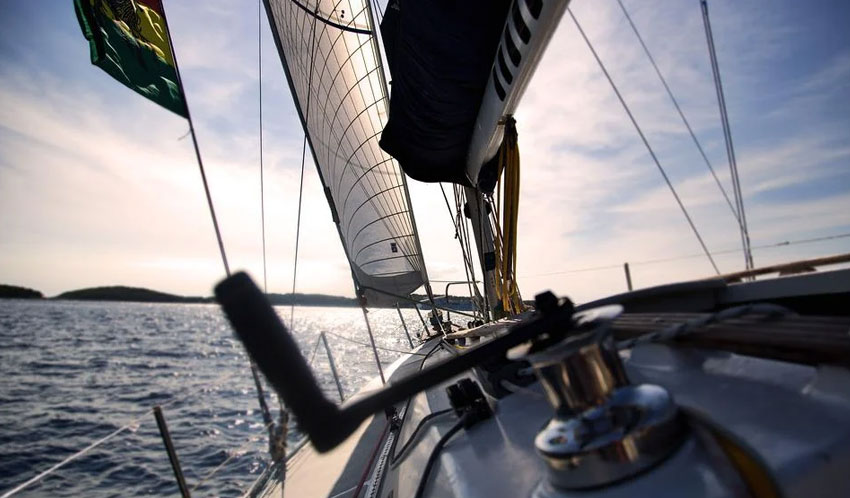When photographers try to take some snaps while on a sailing boat, they need to be careful. This is especially true in case of beginners, as they might end up destroying their camera or equipment. Just like many of the astronomers, explorers, and biologists, the seemingly endless oceans have also attracted photographers.
Today, nature photographers can easily take their camera out to the sea with the availability of low-budget boat trips. However, there are certain things that they need to be prepared for. So, here are some of the elements that you need to consider if you’re photographing boats:
1. Camera
Large sensors are essential for producing pictures that are sharper. It’s also a fact that sharpness alone doesn’t result in a good photograph. You can use any combination of camera and lens while photographing a boat. Before doing this, you need to understand the features of your lens and camera. You also need to know what they can and cannot do.
2. Lens
Telephoto and wide-angle lenses are excellent while taking some realistic photos of boats. You just need to angle them properly. The distance of camera from the boat determines the best focal length that you must use while photographing it. Lenses of fixed focal length are fine if you’re shooting a boat that’s at rest.
If you’re shooting a moving boat, you might need to use a zoom lens. This is regardless of whether you’re shooting from a chase boat or a fixed location on land. Maintaining good balance between the water, boat, and sky is the key here.
3. Filters
Polarizing filters can be of great help in removing unwanted reflections and eliminating glare. To keep water and salt from spraying off the front lens elements, UV filters are ideal.
4. Wind
During sunrise and sunset, the winds tend to slow down and waters are somewhat still. This can also get you better reflections if you’re photographing a boat at rest. If you’re capturing a sailboat, lack of wind makes it hard to get running shots that are good enough.
Fortunately, many of the sailboats have auxiliary power that keeps them moving. Despite this, there’s a difference between the sails being filled through the action of wind and powered boat.
5. Light
Light plays an important role in photography. So, you definitely need the required amount of light while photographing a boat. Early morning and late afternoon would be the best time to photograph a boat. This is just like photographing architectures and landscapes.
Hulls of boats taper typically towards the waterline and the late day and early morning sunlight illuminate their deeper recesses. As the sun rises higher, these recesses fall into shadow owing to the build-up of contrast. You also tend to get a good balance of color and lesser contrast earlier and later during the day.
6. Distortion
When you’re photographing boats, avoid distortion. If you’re using wide-angle lenses, don’t get too close. You must not tilt the camera up or down as it might lead to keystone distortions. It’s important to keep in mind that your goal should be to render the boat’s shape accurately.

